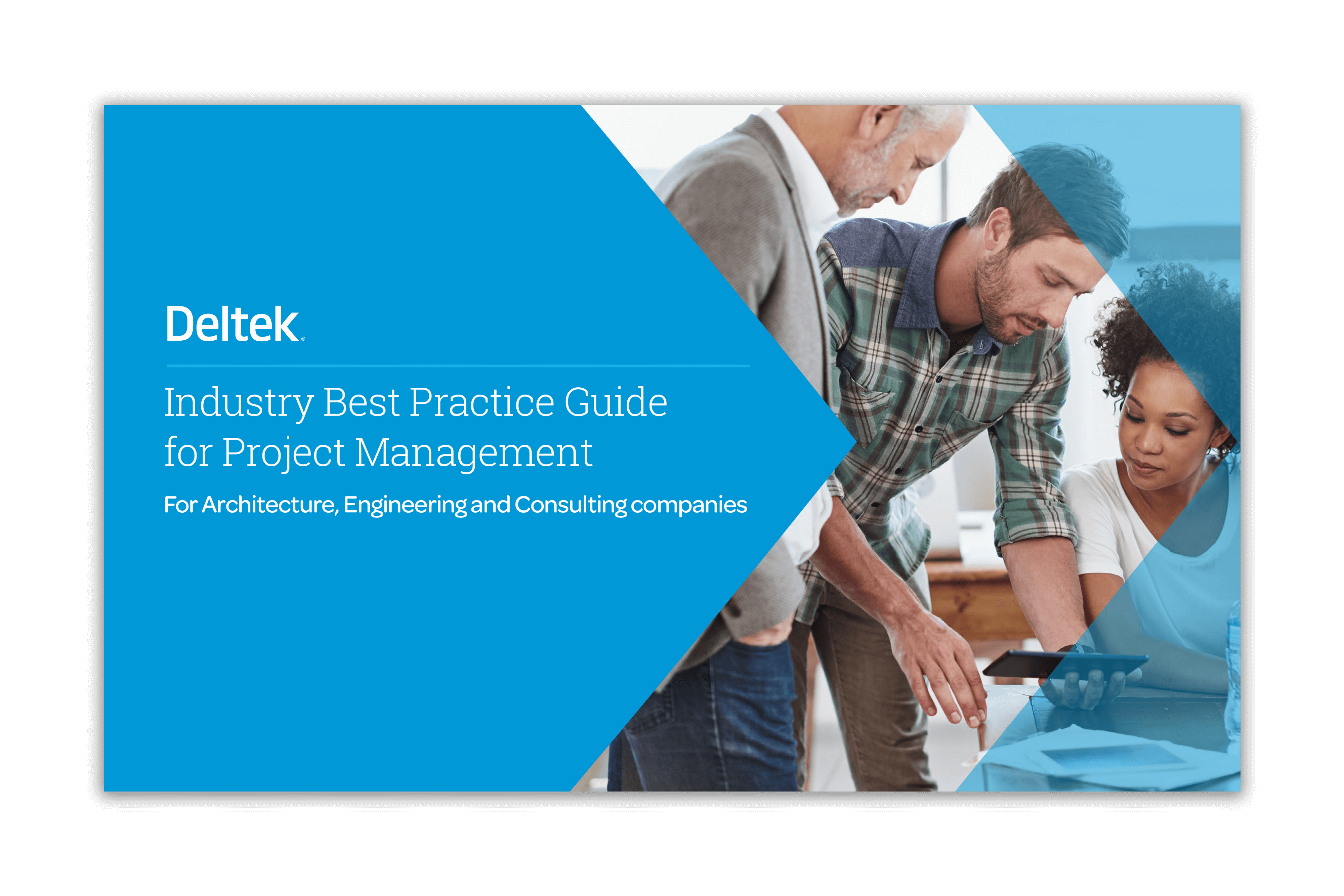The Four Building Blocks To Successful A&E And Consulting Project Management: A Best Practice Guide

Tweet it:'For Architecture, Engineering and Consulting firms, building greater mobility into project management processes is no longer a choice – it’s a necessity.'
For Architecture, Engineering and Consulting firms, building greater mobility into project management processes is no longer a choice – it’s a necessity. That’s because these industries are facing challenges from all sides: margins are shrinking, competition from other firms is growing, and today’s customers expect the quality and speed of work to increase, without inflating cost.
Businesses that embrace agility, and streamline their project management processes, will be able to deliver high-quality projects, faster. They can also ensure maximum return on employee efforts, even with the tightest of budgets. It starts by building a strong foundation that ensures project delivery is consistent, successful, and maintains solid profit margins.
In our new guide to project management best practices in the A&E and Consulting industry, we dive into four building blocks that can help firms create this solid project management foundation.
In this blog, we’ll look at the four building blocks – and the KPIs to track along the way.
1. Careful, considerate planning will reduce risk
Whether it’s smartly allocating staffing resources or gaining a full, accurate scope of the project setting the right baseline for your project is vital. Without one, you could run into significant budget or resource allocation challenges down the line.
Establishing a control point for cost is a key part of this planning process. While sales teams use a sales price, project managers should have a self-approved price estimate and cost estimate that they can deliver against. This is a critical reference point for controlling costs throughout the project lifecycle.
2. Once launched, control project progress
Planning is only the first step in the journey. To ensure projects are successfully delivered on time, on budget and meet client expectations, you’ll need to follow up frequently. This involves monitoring the money spent and clarifying progress against the budget.
Once you’ve scoped the project out, and set up a solid baseline, monitoring your project’s progress is an easier task. Weekly stand-up meetings can help you consistently follow up on hours, and approve them against the plan.
3. Maintain strong control over project financials
To streamline project delivery, you need to keep a firm grasp on project financials – and that includes invoicing clients as quickly as possible, even if it doesn’t seem like a natural task for project managers.
Late invoices can result in late payments, which in turn can cause significant issues with cashflow, and cause delays within the project. By ensuring hours, expenses and costs are registered and approved every week in the right ERP solution, you’ll ensure that necessary invoicing information is always up to date.
And when controlling project financials, negotiating the right contractual terms is vital.
4. Establish on-going processes for project management
When well-executed, establishing the right core processes can improve project margins and utilisation rates. For example, establishing monthly control processes is vital. Project managers should evidence the project status and evaluate progress as part of the finance team’s month end.
Staffing plans need to be accurate too, or it could impact resource planning. So, updating project staffing on a weekly basis is another important process to implement.
Industry Best Practice Guide for Project Management
Recommendations for Architecture, Engineering and Consulting Firms
Measure your project performance – and track improvement
Following industry best practices can help you improve project management, but unless you track the right key performance indicators (KPIs), progress can be hard to measure. Here are the KPIs we recommend focusing on:
Cost Variance
Comparing your budgeted costs with your actual costs can give you a clear view of your project’s progress in line with the budget – helping you better estimate and protect profit margins.
Project Margin
To correctly estimate project margins, and ensure processes are running efficiently, calculate revenue, then subtract project and labour costs.
Percentage Complete
Calculate the percentage of progress made, against the initial baseline you set. This can give you an overview of how successfully your project is being managed.
Find out more in the full guide
Mobile, responsive project management is a vital part of keeping projects on-track – and stakeholders happy. It starts with four building blocks, but it goes far beyond these as well.
In our guide, you’ll learn more about the building blocks, as well as detailed best practices, processes and actionable advice to help you streamline project management.
Industry Best Practice Guide for Project Management
Recommendations for Architecture, Engineering and Consulting Firms

Deltek Project Nation Newsletter
Subscribe to receive the latest news and best practices across a range of relevant topics and industries.


